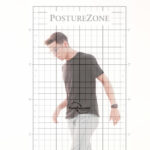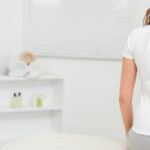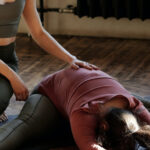Posture: At the Intersection of Healthcare Professions
Using Posture to Communicate with Other Professionals – Part I
Posture: At the Intersection of Healthcare Professions
Using posture to communicate with other professionals – Part I
“It’s obvious- Posture is an expression of…”

People’s questions say a lot about their worldview. In the course of training professionals as CPEPs in the StrongPosture® protocols, I’ve notice how much their questions say about who they are. From DCs to PTs, MTs, OTs, trainers, dental professionals and workplace ergonomic specialists, their questions show their implicit assumptions…and point to ways to communicate with their colleagues.
Most massage therapists (MTs) and trainers who observe postural changes with treatment commonly say, “So, posture is an expression of muscle function, RIGHT?” While some implicate fascia, MTs who focus on deep muscle and who work along with therapists from Rolfers to Graston and FAKTR practitioners tend to ask, “So, posture is an expression of connective tissue function, RIGHT?”
And parallelling the profession’s wide variance in practice styles, my fellow doctors of chiropractic ask queries like:
- “So, posture is about the spine, its alignment and discs, RIGHT?” or
- “So, posture is about the upper cervical vertebrae (or sacrum and pelvis), RIGHT?” or
- “So, posture is about nerves, RIGHT?”
My answer to all the above questions is the same: YES.
But it’s not only that…it’s more. Posture is an expression of contracting muscle and connecting ligament and fascia, the conscious and unconscious, nerve and training, structure AND function. It isn’t one of these things…it is all of them. This is why a simple digital picture of posture is such a powerful tool to understand an individual’s problems, as well as to communicate the importance of addressing the limiting factors of structure (muscle, ligament and fascia) and function.
Because the domains of posture are interrelated, clinically looking at and addressing posture is such a powerful adjunct for professionals with different training. Agreeing that retraining habitual patterns by incorporating progressive patterned motions done perfectly for that individua – in other words, to strengthen posture – can be an opportunity to begin working with like-minded professionals, in a different profession.
Coming Next: Biomechanics and a Postural Lingua Franca





















